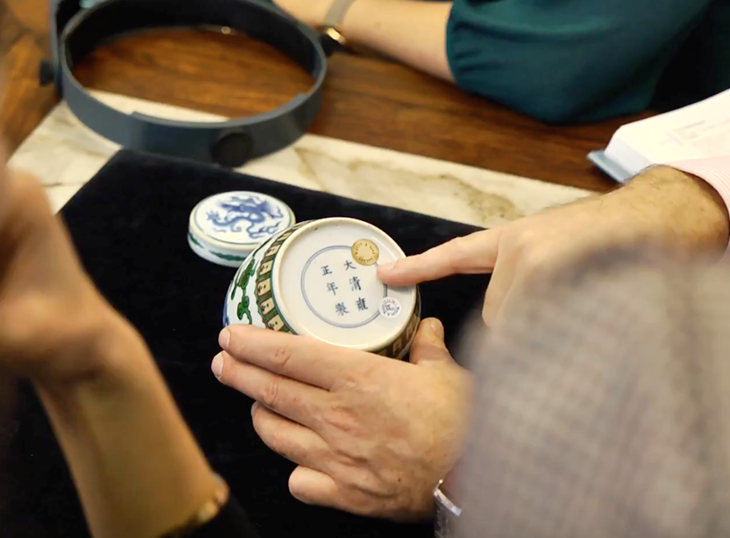The Rise and Fall of a Kakiemon Bijin
29th May 2018The collagpse of the Chinese Ming Dynasty in 1644 and the civil war that followed triggered an unprecendented crisis in the Jingdezhen kilns, putting an end to porcelain production.
The export of Chinese ceramics to Japan gradually ceased and as a result, Japanese kilns were compelled to produce alternative wares to satisfy the domestic demand. Ceramic factories shifted from Korean aesthetics to a more Chinese style. A number of Chinese potters had also fled their country to seek refuge in Japan, bringing with them advanced technical knowledge of porcelain production.
A New Kind of Porcelain...
One of the most important innovations to Japanese ceramics was the introduction of polychrome overglaze enamels on a milky white ground. The kilns near Arita in Kyushu, the southernmost island of Japan, started to exploit the kaolin clay deposits discovered nearby and necessary for the production of pure white porcelain. Many of the moulds used for these figures of bijin have been excavated from Akaemachi, the enamellers’ quarter in central Arita. The Kakiemon family of decorators are thought to have been the first to master the technique, thus giving it its name.



